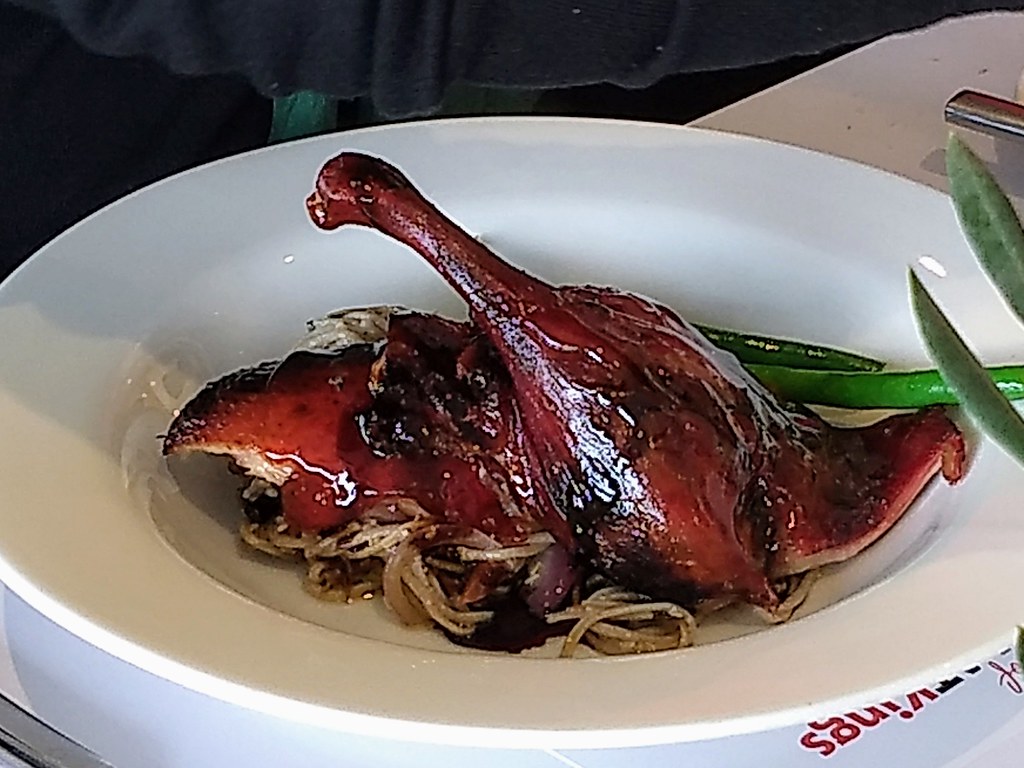The Redex Variety Club Bash attracts many a persistent "rapscallion", Ben Seehusen of Epping Real Estate being no exception. He's participated in all five "Bashes", surviving fire, flood and frustration, and managing to have lots of fun along the way. Ben tells some of his stories to Linda Emslie.
Ben's passion for motor-sport began in the late sixties when he rallied a VW in the Southern Cross events. He also gained some road racing experience in various events at Warwick Farm, Amaroo and Oran Park, preferring a Volkswagen Sports Sedan as his competition vehicle.
After hearing Dick Smith talk on the radio about the revamped Redex Trial (The Variety Bash), Ben was keen to enter. The first firm refusal was no obstacle; "Dick was only organising it for a few of his mates." Neither was the $1000 "to show our good intentions“. Repeated phone calls and letters saw Ben and his manic mechanic added to the list of fifty-three participants.
In 1974 Ben's old "woppy" sports sedan had blown up in a training run. Since then he hadn't participated in motor-sport for one reason or another. So this new adventure in 1985 called for a new car. Or, rather an old car. (One of the pre-requisites for the Variety Bash was to have a pre '66 model car.)
As Ben's "rather keen on the old Vee Dub" he went for a '58 Beetle. This valiant vehicle was pitted against other old timers such as a 1928 soft top Alfa Romeo, driven by the dinner suited Len Evans. Other hot favourites were huge 'yank tanks', Mercedes, and a Holden "built like a wine bottle, about which we thought if it ever rolled it would never bloody stop. 'There was even a London taxi one year. The little VW, however, was a match for any of these even though it only had room for two team members. That meant all costs were split just two ways, upping the expenses just a little.
Ben has competed in each succeeding Bourke Bash, and has witnessed many funny incidents. Annual amusement is supplied, without fail, by the tumble-troubled George who, Ben tells us, hasn't survived a single rally without either blowing up his car, or rolling it. "But, that's George every year."
One of the funniest incidents Ben remembers was the time they lost their oil cooler somewhere near Bourke.
Ben and his navigator were slowed down by some black soil plains. Torrential rain had turned the black plains into a slippery, treacherous quagmire. Ben's navigator was out bouncing up and down on the rear bumper bar for traction, while the Beetle crawled along at 15km/h. They decided they wouldn't make it through to Bourke on this route, so headed for Brewarrina instead. The local copper opened up the service station for them. (Sunday afternoons in Brewarrina are pretty quiet). They were told that the road to Bourke was closed. However, seeing as they had made it through on the Brewarrina road they would probably get through on the Bourke road.
"I'll just follow you through and make sure you get onto the bitumen," the friendly policeman said.
"It was teeming with rain and there were sheets of water everywhere over the road. Mud and junk everywhere." The copper ducked home to grab his wife for a Sunday drive and followed the Beetle out onto the muddy plains in his paddywagon.
Ben barrelled along doing 70 or 80 miles an hour, slewing sideways through puddles, making the most of the empty slippery road. When Ben looked in the rear vision mirror he saw the old copper's wagon doing the same thing!". Ben recalls it's the only time he's been able to do 80 mile an hour "where I've had a copper two foot up me clanger...He was having a ball." Sixty miles out of Brewarrina the oil cooler hose came off and Ben's WW lost all its oil. No problem, the policeman gave them the ride of their lives in the back of the paddywagon to get some more oil. Without him they would have been "up the creek without a paddle". The necessary repairs were completed in record time, and the Beetle continued its rally. This year's Bourke to Broome bash almost saw the end of the battling Beetle, however. The daunting entry fee of $10,000 didn't pose much of a problem,
to be contd




















